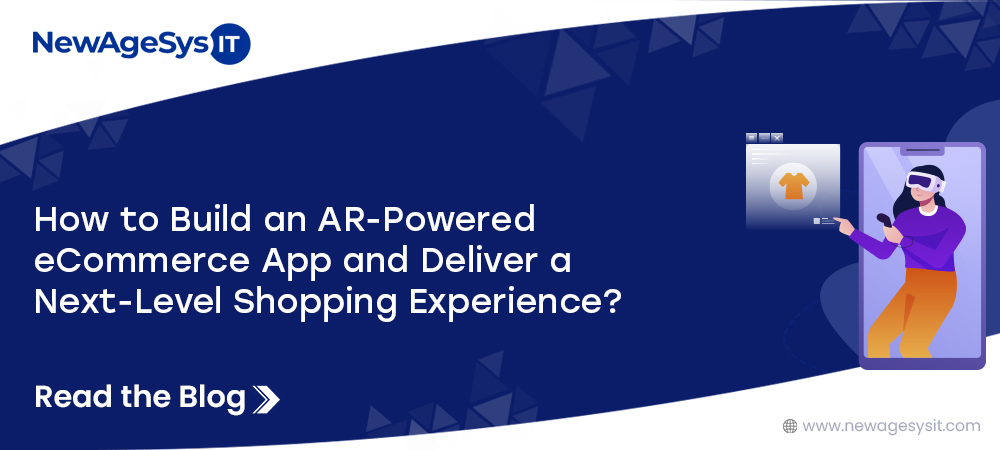We live in the age of AI and machine learning, and our day-to-day lives are rapidly changing. A decade ago, no one would have thought AI could create high-quality videos and write custom codes. Technology is evolving every day, sometimes faster and sometimes slower, but it never remains the same.
Therefore, as a business, if you stay stagnant, the risk of becoming obsolete and forgotten in this modern world is significantly high. So how can companies protect themselves from such a terrible fate? The simple answer to this is software modernization.
If your business or organization ever underwent some form of modernization, then you are already failing with the term legacy applications. They are basically older software systems that companies still rely on despite being outdated. But the catch is that no software or application can remain cutting-edge forever.
Even the evergreen apps a business uses, such as CRMs, manage to do so only because they are constantly updated and maintained. However, the truth is that legacy application modernization is not merely about surviving a dynamic market. Modernization offers benefits that are way beyond automation and optimization.
This article will dive deeply into the benefits of modernizing your organization’s legacy applications. By the end of this guide, you’ll understand why modernization isn’t just an IT upgrade but a strategic business move.
What is Legacy Application Modernization, and why do you Need it?
A legacy system is an outdated software or IT infrastructure of a business despite having newer and better options available in the market. Using legacy systems is the same as using a flip phone in the age of smartphones because while the core capabilities are available in both, only one can meet today’s needs.
Enterprise resource planning (ERP) systems that struggle with cloud integration and banking systems running on decades-old COBOL code are all examples of legacy systems. Now, you might wonder what is wrong with using legacy systems if they still work.
You must understand that legacy system modernization is hardly a method to sustain your business. Its real purpose is to help your organization become more efficient and reduce costs. Moreover, it enables you to overcome the major challenges posed by legacy systems, including the following.
- Security vulnerabilities
- High maintenance costs
- Poor integration and scalability
- Shortage of talent
- Scalability issues
Top 6 Benefits of Legacy System Modernization
There are numerous advantages to modernizing your legacy systems. It can make your business operations faster and more efficient. But that’s not all. Modernizing your outdated system changes various aspects of your business positively. Although we can go on and on about these benefits, here are the top six benefits of modernizing your legacy applications.
#1 Cost Savings & Avoidance
Unlike what many of you may believe, modernization is not a waste of your money because, in the long run, maintaining outdated systems is even more costlier. For instance, you would have to deal with the high cost of on-premises infrastructure and the need for specialized (often scarce) talent.
Today, several modern software can easily replace error-prone human involvement, which ultimately relieves you of hiring specialized talent. Moreover, with many new software applications using cloud tech, you can minimize capital expenditure on physical servers, maintenance, and upgrades.
Cloud-based solutions shift IT costs to a flexible, pay-as-you-go model. According to IBM, modernization can reduce your IT maintenance costs by 30-50%. Hence, modernization can help you free up valuable resources, including time for your more growth-based initiatives.
#2 Business Agility & Competitive Edge
Whether you believe in modernization or not, every business owner or manager knows that legacy systems often restrict a company’s growth. They lack flexibility and prevent businesses from quickly adapting to new trends or customer needs. Moreover, this often results in having entire IT teams keep the light on when they should focus on innovation.
Meanwhile, investing in the modernization of legacy software allows faster development cycles and deployment via cloud-native solutions and automation. Besides that, modernization also allows you to integrate new features, AI-driven tools, and customer-facing innovations.
#3 Enhanced Productivity & Operational Efficiency
Imagine trying to stream a video on an old Nokia or creating a presentation on Windows XP. Using a legacy system is no different from this because your employees would also waste hours navigating slow, outdated interfaces and performing manual tasks.
Automation can replace your organization’s time-consuming tasks, while cloud-based collaboration tools improve workflow efficiency. Such a system would have you fixing recurring issues instead of working on business improvements. With the help of a Software Development Company & App Development services, you can easily make these changes to the system.
#4 Improved Customer Experience
Outdated or legacy systems are frustrating to you and your customers. Think about it. If you are using a slow, outdated system, your customers will have to struggle with slow response time and outdated UI with no self-service options.
A sluggish banking app causing delays in online transactions is an example of this. Such outdated solutions push your customers to go to your competition while you struggle with manual tasks. With modernization, you can fix all these problems while minimizing manual errors and service downtime.
#5 Strengthened Security & Compliance
Another common issue with legacy systems is that they are often vulnerable to cyber threats. Moreover, cyber-attacks are constantly advancing, and your age-old system can only hold on for so long. Besides, you would have to struggle even more as compliance becomes another pain in your neck.
Security is an integral part of modernization because new systems are made to withstand the latest cyber-attacks and ransomware. Additionally, cloud platforms offer built-in security features, encryption, and automated compliance checks.
#6 New Revenue Opportunities
Modernization also enables businesses to develop and offer new services to their customers. This could come in the form of AI-driven insights, better customer engagement models, and so on. For instance, a company migrating to the cloud can utilize AI-driven analytics to offer predictive customer insights as a paid service.
Steps for Effectively Approaching Legacy System Modernization
While modernizing legacy systems offers several attractive benefits, it can be challenging based on the complexity of your existing system. Following are the steps to ensure effective modernization of your legacy system.
Step 1: Assessment & Planning
Identify which applications need modernization with a technical debt audit to evaluate costs, risks, and performance bottlenecks.
Step 2: Choose the Right Modernization Strategy
Determine the best approach—rehosting, refactoring, re-architecting, or replacing—based on cost, time, and business impact.
Step 3: Prioritize Business Needs
Align your modernization efforts with your business goals while ensuring cloud, AI, and automation deliver real value
Step 4: Iterative Testing & Optimization
Use a phased and iterative testing approach to minimize risks of modernization while optimizing performance with future-proof systems.
Step 5: Implementation & Continuous Improvement
Execute the modernization plan with minimal disruption and continuously refine systems post-implementation to maximize your ROI.
Of course, a more straightforward approach would be to seek Digital Transformation Services from an expert like NewAgeSysIT. The experts at NewAgeSysIT can help you modernize your legacy solutions and create an advanced digital transformation growth map for your business. Furthermore, having an expert in your modernization journey minimizes errors and ensures a clean transformation of your business
Modernize your legacy systems with the help of an expert team and optimize your business operations.








